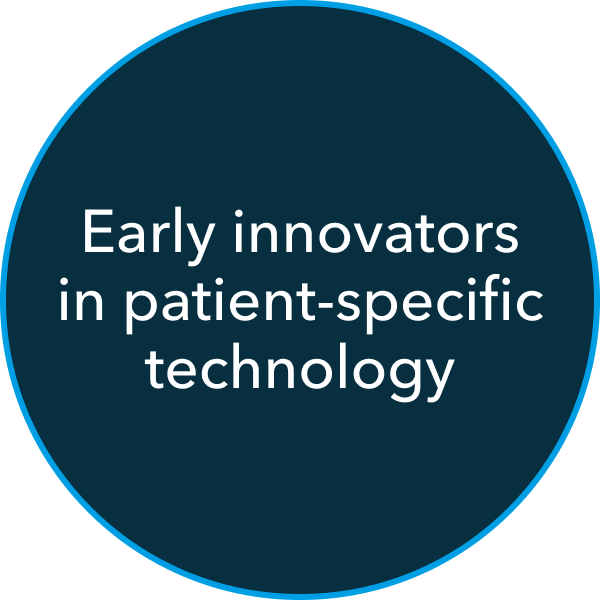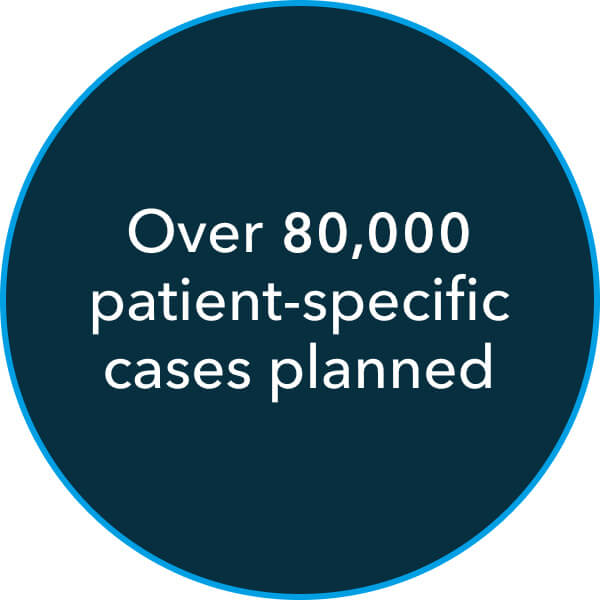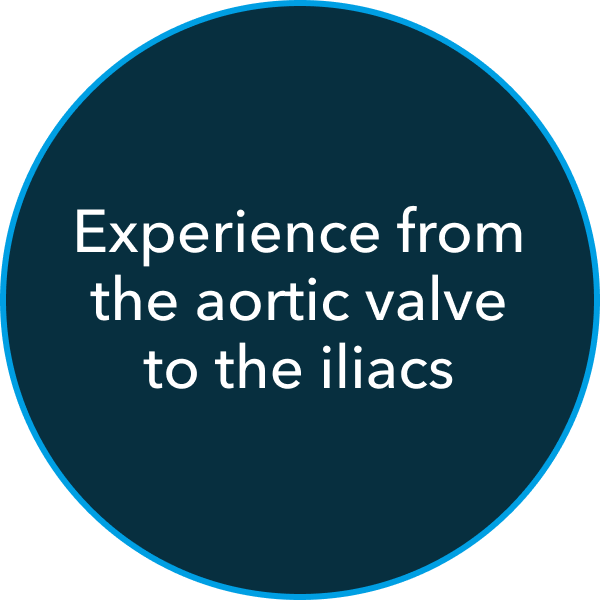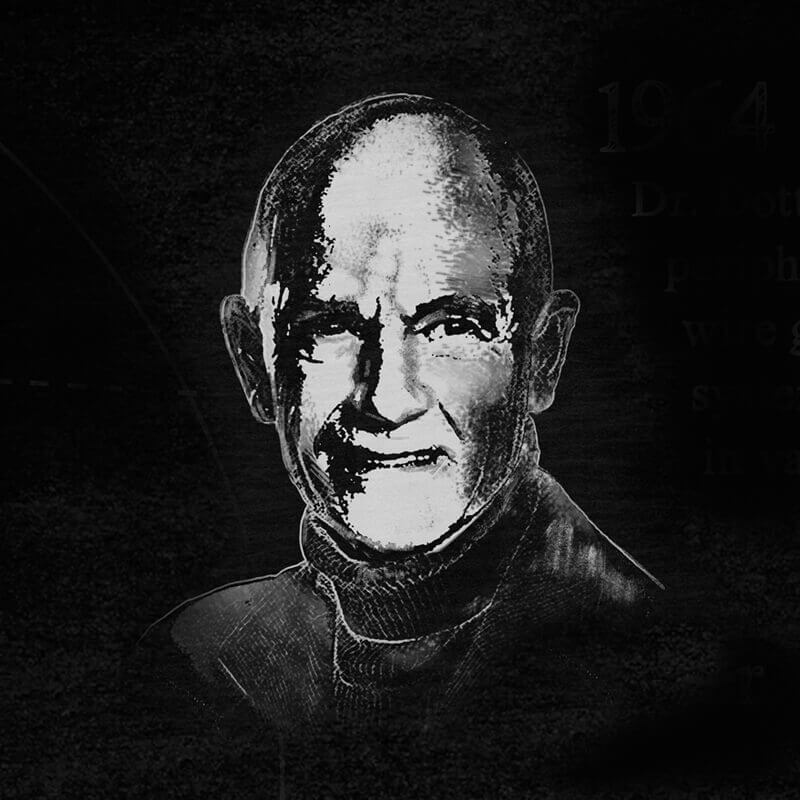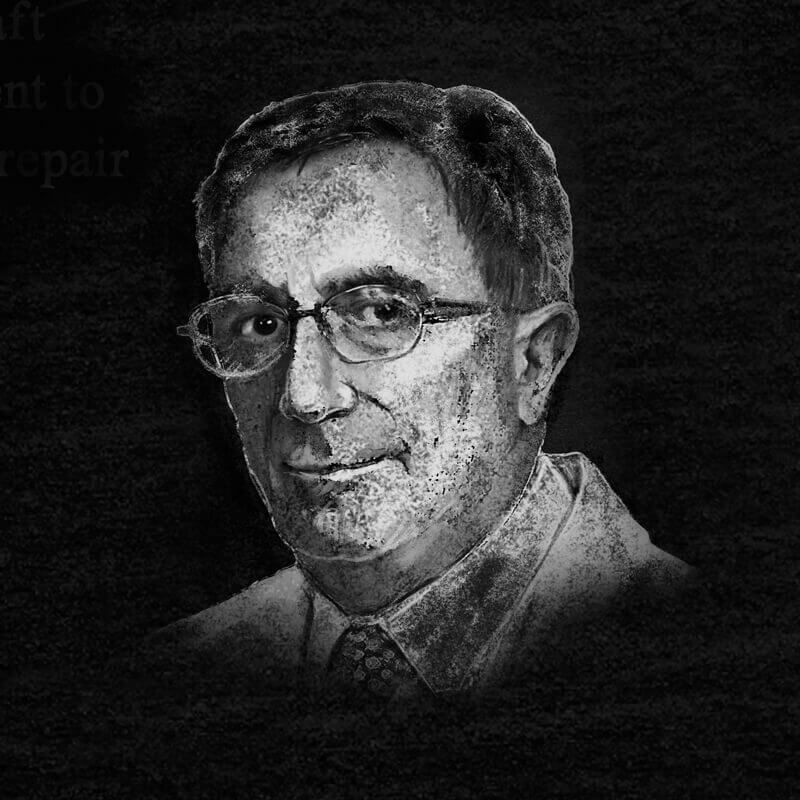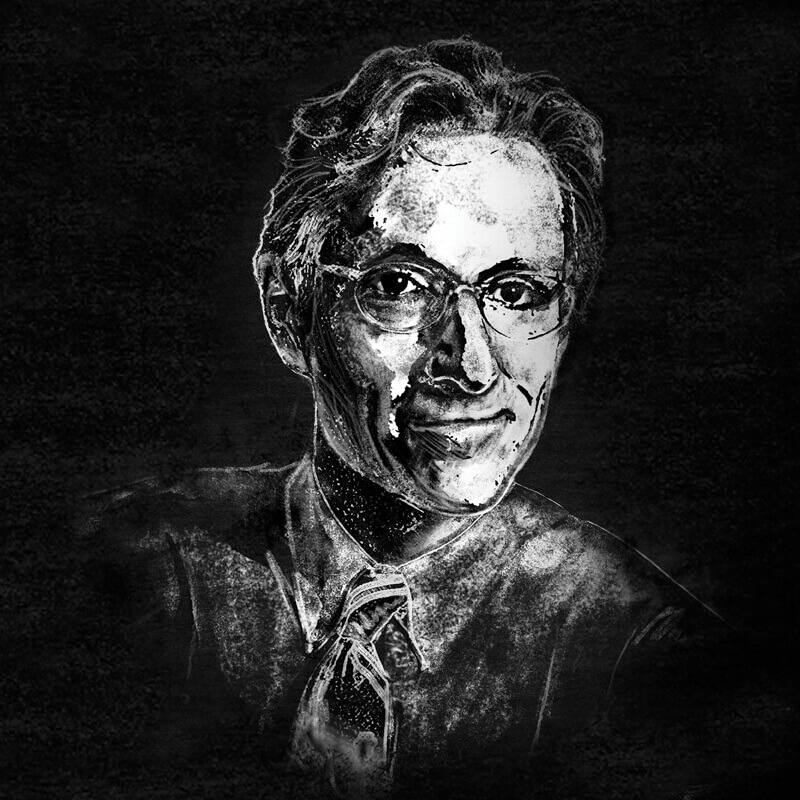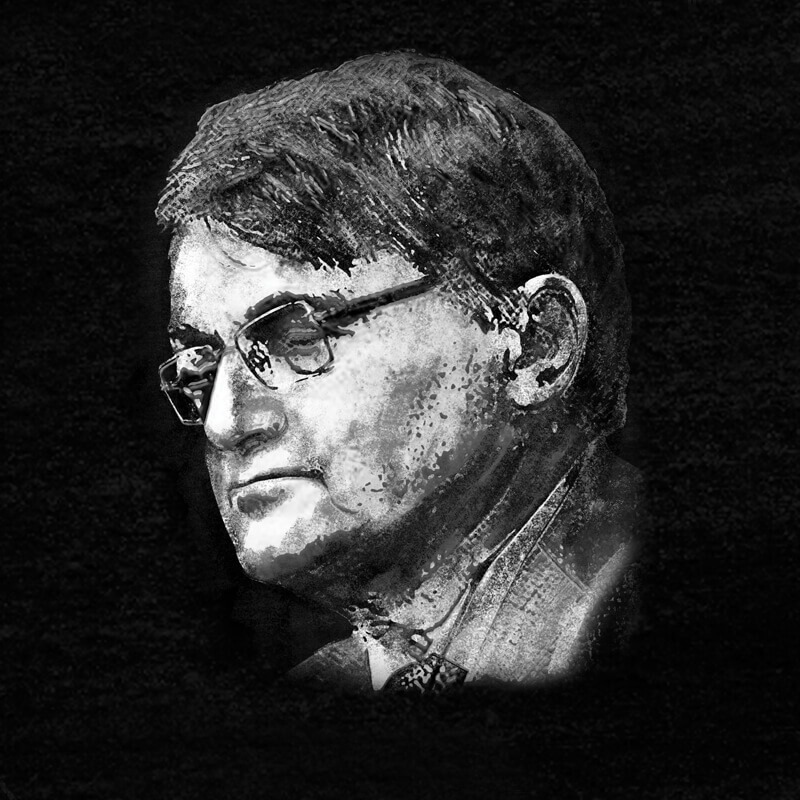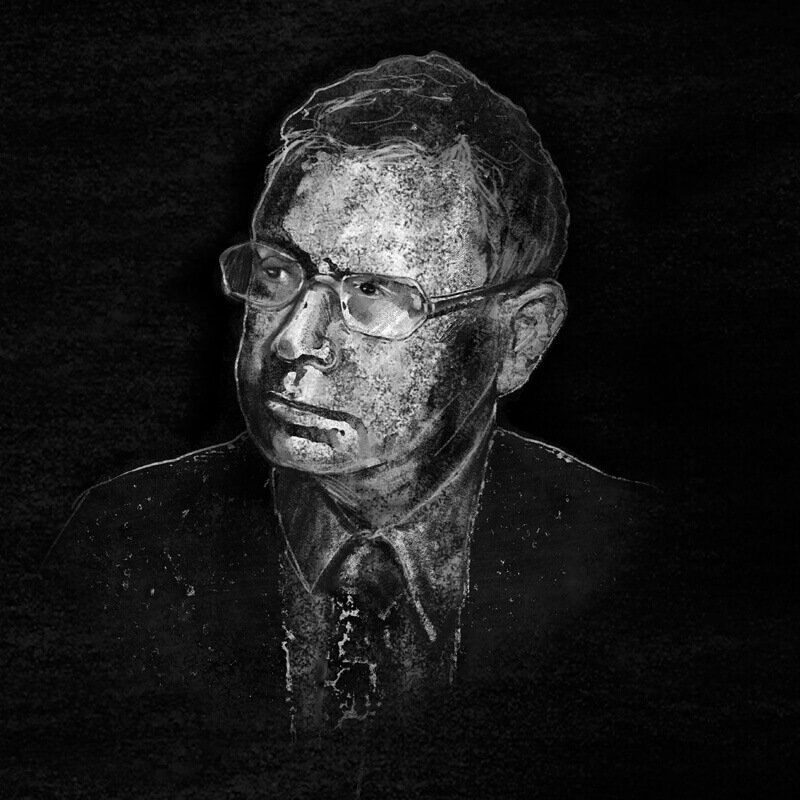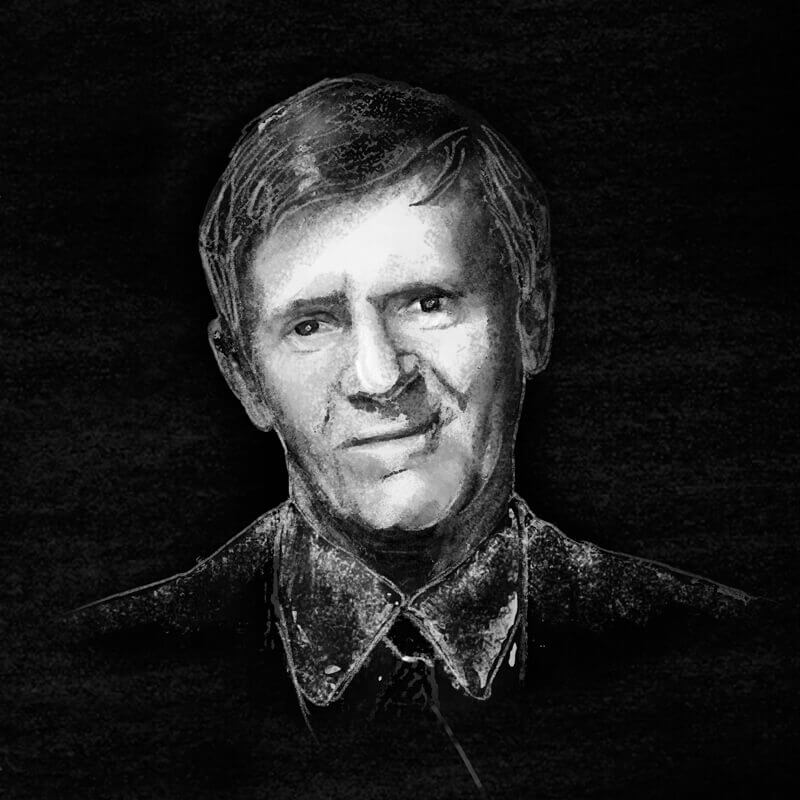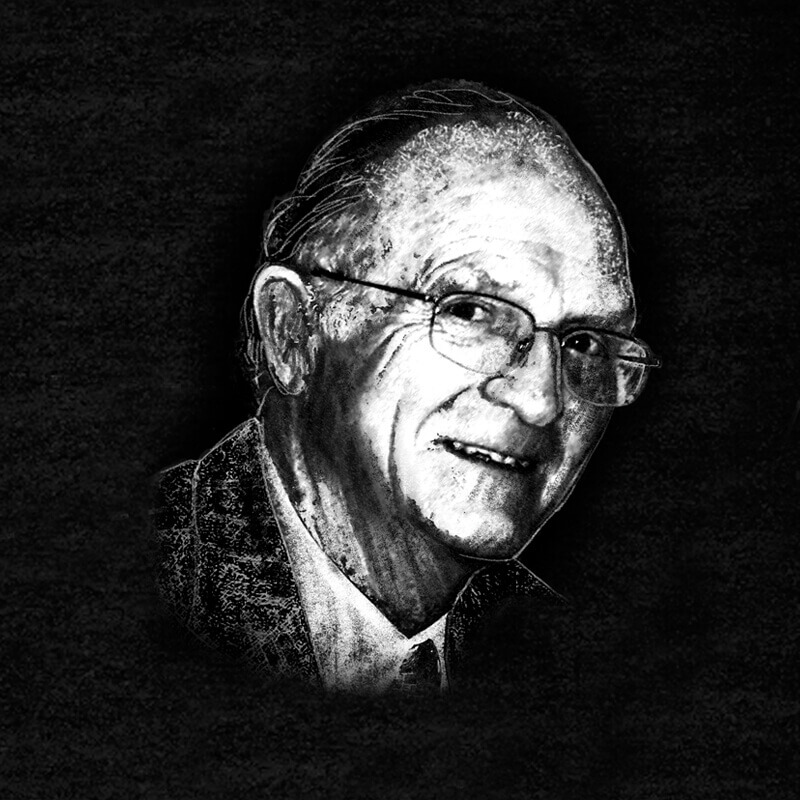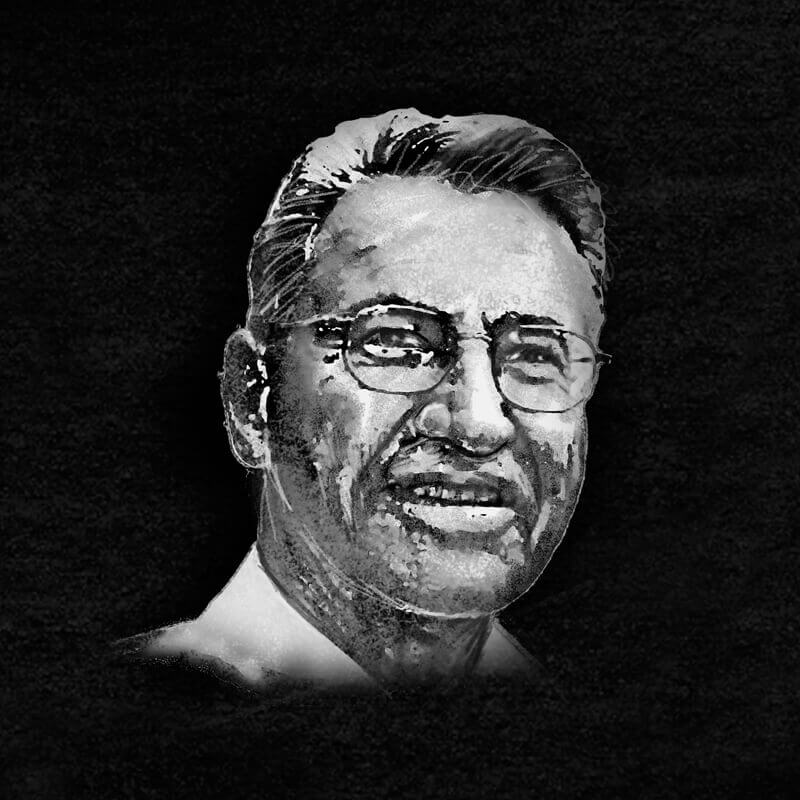1963 | Cook
Cook Medical founder Bill Cook meets Dr Charles Dotter at a Radiology Society of North America conference, sparking the beginning of a new era of minimally invasive medicine.
1964 | Dotter
Dr Dotter is the first to perform peripheral angioplasty using a Cook wire guide and coaxial catheter system. This leads to his early work in vascular stenting.
1984 | Gianturco
Dr Cesare Gianturco works with Cook R&D head Tom Osborne to invent the first self-expanding Z stent, the platform on which most stent grafts are based today.
1990 | Parodi
Dr Juan Parodi combines surgical graft material and a balloon-expandable stent to perform the first abdominal aortic aneurysm (AAA) endovascular repair, in Buenos Aires, Argentina.
1991 | Chuter
Dr Timothy Chuter develops the first unibody, bifurcated aortic graft. Dr Michael Lawrence-Brown and David Hartley collaborate with Dr Chuter to incorporate his design.
1992 | Parodi
Dr Parodi presents at the International Endovascular Symposium (IES). Dr Lawrence-Brown is inspired and works with Hartley to build a prototype of a modular endovascular design.
Mid-1990s | Ivancev
Dr Krassi Ivancev plays a major role in the advancement of endovascular devices by teaching, including by training Drs Roy Greenberg and Chuter.
1994 | Lawrence-Brown
Dr Lawrence-Brown and Hartley develop the original preloaded graft.
1997 | Anderson
Drs John Anderson, Tom Browne, and Lawrence-Brown, along with Hartley, work with Cook Australia’s research team to develop the first fenestrated endovascular graft.
1997 | Hartley
Radiographer David Hartley and Dr Lawrence-Brown design the first delivery system to use trigger wires for controlled deployment, the basic design that is still used in the Zenith® introduction system.
1998 | Stelter
Prof. Wolf Stelter successfully implants the first fenestrated device in Europe. A few months prior, Dr Anderson performs the first successful fenestrated endovascular aneurysm repair with a Cook device in Adelaide, Australia.
Early 2000s | Greenberg
Drs Greenberg and Chuter spearhead the development of branched grafts to treat more extensive aortic disease, including thoracoabdominal and aortic arch aneurysms.
